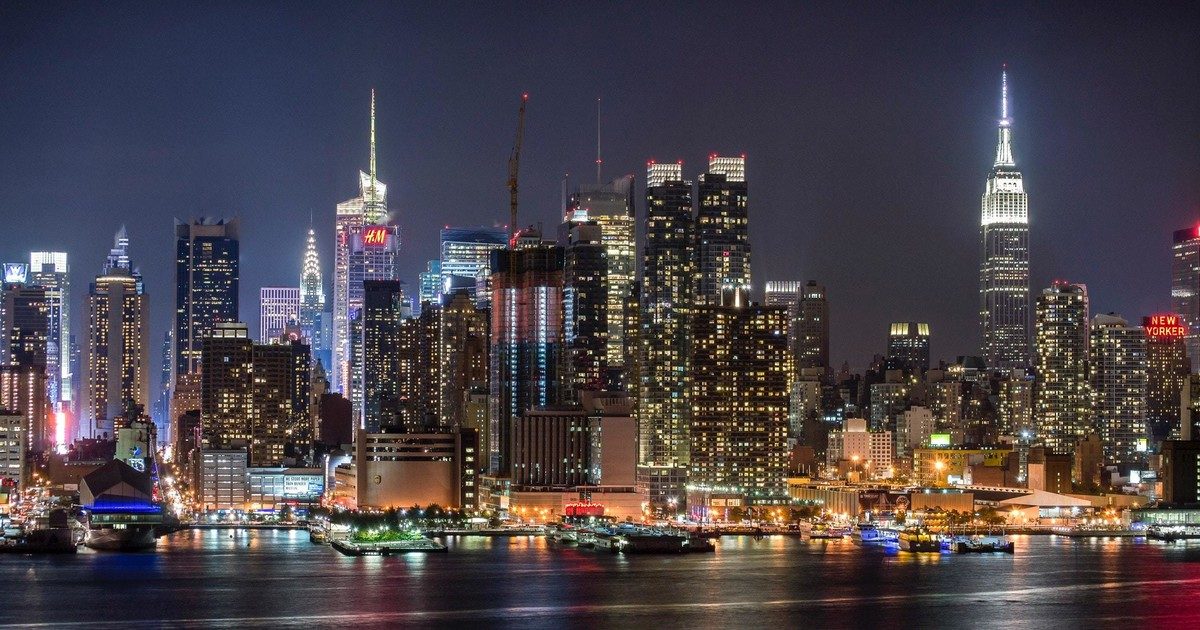In Race, Class, and Politics in the Cappuccino City by Derek S. Hyra, he depicts the very apparent divide between the old residents and new residents on Shaw/U Street. This historically black community has seen a dramatic shift in its population. Gentrification has resulted in an influx of new white residents that have transformed the community of Shaw/U Street. In my question, I asked how the dramatic change in the population influenced the accessibility of residents, old and new, have to economic and social mobility. Currently, there is clear racial and socioeconomic divide between residents. The influx of new white, middle and upper-class residents began to redevelop the neighborhood that intruded on the original residents; ultimately, furthering the divide between residents. Additionally, how the present divide between residents influence the way in which residents interact with one another? Acknowledging the harm that gentrification has on a neighborhood such as displacing residents and removing their political power, are there any instances where gentrification can be seen in a positive light? For example, transforming a previously known drug heavy and poverty-stricken neighborhood to a trendy, hip, affluent neighborhood. Is this change good? Can there be other positive outcomes of gentrification?
During class, I think that many challenging aspects to integrating the old residents with new residents arose. One being that when the population shifts, the interest of the community also changes. Since the interest of the Shaw/U Street community is changing, residents must learn how to live and interact with one another. This is difficult when the old residents’ voices become unheard. Now, the community is marginalizing the minority voice in order to redevelop the area to continue attracting new residents. The dynamic between residents in the Shaw/U Street is complex because the influx of new white residents were attracted to the neighborhood to live a lifestyle that Hyra refers to as “living the wire”. However, they are attempting to change and renovate the culture of the neighborhood, directly impacting the community that first attracted them to the neighborhood. The class discussion made me think about the ways in which groups of people can be unaware of the impacts of their actions. Is there a way to move and integrate new residents into a community smoothly?
Hyra also discusses black branding to be when a community or environment express and institutionalize parts of Black identity (75). This tactic contributed to the redevelopment of Shaw/U Street by attracting outsiders with Black focus points in the neighborhood which accelerated growth in the economy. In class, we discussed the idea of an “underground economy” that people were forced migrate towards once the influx of new cliental entered the neighborhood. Similar to the shift in culture, I think that another challenge that comes along with a changing neighborhood is the displacement of jobs and housing. This “underground economy” consisted of individual or groups that were out of jobs once the influx of white residents moved to the neighborhood. They did not value or invest in the same businesses; thus, these providers needed to move their goods to where the demand was larger. How does this transition to an underground economy impact the social capital of the provider?
